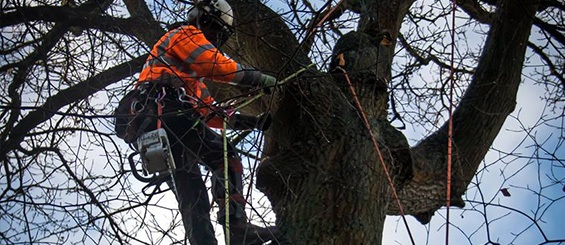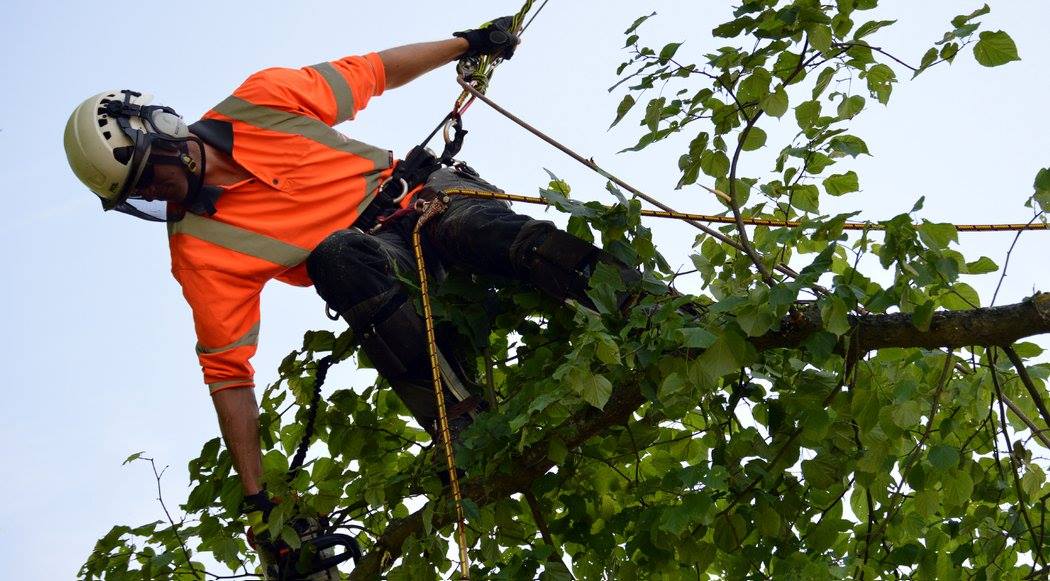The cost of hiring a tree surgeon is one of the main aspects why some people don’t take proper care of their trees. In recent years, hiring a tree surgeon is more affordable than ever due to different payment plans and services available. For instance, if you cannot afford a standard one-off fee, you can opt for a pay as you go model depending on the services you are looking for.
It may seem easy to equip yourself with a chainsaw and call yourself a tree surgeon, but arboriculture is in fact a highly skilled profession which requires years of training in specialist subject and equipment.
There are many factors that can determine the amount of money you can pay an arborist. Here are some of the factors:
1) Size and Location
As a general rule of thumb, large trees cost more to trim because they have more branches, need more equipment and time to trim due to their height. On the other hand, small trees that have fewer branches will cost less, especially if they are located in a place that’s easily accessible.
Trees that are located near power lines or buildings will likely cost more because they need more time and effort to rope each branch down. To ensure that safety precautions are adhered to, the climber ties a rope around each branch and then lower the branch slowly to the ground after it has been cut. This process takes much time and effort, thus a higher cost.

2) Number of Trees
When getting a quote, ensure you include the number of trees and their species so that you receive an accurate quote. The more the trees, the higher the cost and vice versa. The type of tree to be trimmed can determine the cost because some are bushy, others tall while others are just short and easy to trim. If you don’t want any surprises, include all this information when getting a quote.
3) Health
The health of a tree is also a factor which affects the decision to hire an arborist. For instance, a tree that has endured a lighting strike might not be as strong as a healthy tree. Therefore, it requires extra support, e.g. with a cable to guarantee the safety of the arborist as well as other people nearby.
4) Diseases and illnesses
Some of the diseases and illnesses that can affect your tree and increase the cost of maintenance and trimming include:
- Fungi/mushrooms – since fungi cannot synthesise their own food, they weaken the tree by draining the vital nutrients of the tree
- Abiotic damage – this can be caused by a number of factors including hail, strong winds and long cold or dry spells. Some signs of abiotic damage include damaged limbs and dehydrated leaves
- Moist crack – if your tree has a moist crack, it is a sign that the tree might be dying internally and it needs to be assessed by an arborist
- Pests – although there are beneficial insects, some insects can transmit diseases from one tree to another causing death, rot or even develop fungi

Professional tree surgeons provide a quote after doing an initial survey to determine the scale of work and the costs needed throughout the process. It is important to understand that additional costs might be incurred for hiring needed machinery or removing waste wood after trimming. To avoid such costs, you can discuss with the arborist in advance for a better deal.

